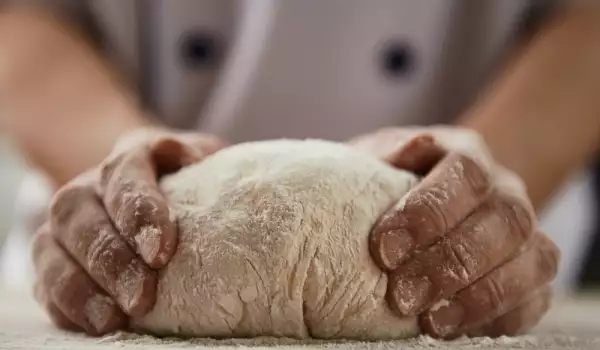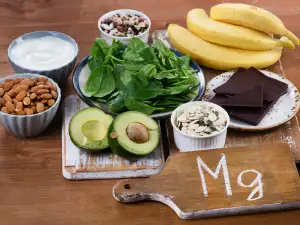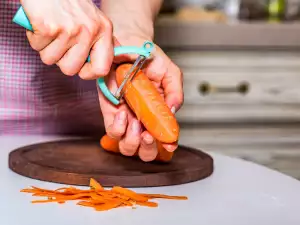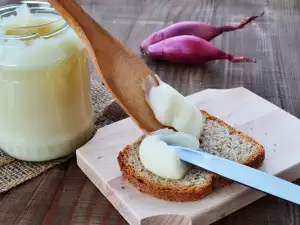Delicious homemade buns and breads are a delight for the tastebuds and making the dough is a sacred moment.
Kneading dough has a therapeutic effect, it makes us relax and give our best and feel the pleasure of creating something as wonderful as pastries.
Flour, yeast, water, salt and sugar are needed to make a classic bread dough.
In order for the dough to rise, it is necessary to activate the yeast. This process is accomplished by heating water to about 37°C and dissolving the yeast in it, along with a tablespoon or two of sugar, as yeast activates faster in the presence of sugar.
After about 20 minutes, the yeast has activated and the dough is kneaded.
Initially, the ingredients can be mixed with a spoon, but in the end the dough needs to be kneaded by hand.
To activate the gluten in the dough and make it soft and elastic, so that it is easy to work with, it takes 10-15 minutes to knead.
It is best to hold the dough with one hand and gently pull it forward with the other, then fold and pull it again.
Because kneading, as pleasant as it is, it is also quite time consuming and a trick called slamming dough is used to reduce the kneading time.
The dough is raised to a height above the head and it is slammed into the table on which it is kneaded.
This is repeated a hundred times - this way the gluten is activated and the dough becomes smooth and elastic faster and with less effort.
In addition, excessive kneading can cause the bread to become flat, instead of it rising.
The risk of kneading is relatively lower if we beat it.



















Comments